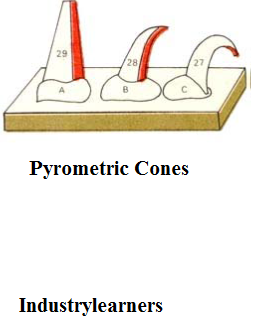Properties of Refractory Material
Size and Dimensional Stability:
The size and shape of the refractories is an important feature in design since it affects the stability of any structure. Dimensional accuracy and size is extremely important to enable proper fitting of the refractory shape and to minimize the thickness and joints in construction.
Thermal expansion
It is the measurement of the linear stability of material when exposed to high temperature. All bodies undergo a reversible change in dimension under the influence of temperature. If refractory material undergoes higher expansion; it will suffer flaking of the surface.
Thermal Shock
Fluctuations in temperature can significantly reduce the strength of refractory surface, causing the breakdown or peeling of layers if it is exposed to no. of thermal cycles. It is important because most process experiences alternative heating and cooling. A good refractory should show a very good resistance to thermal shock.
Thermal conductivity
Ability to conduct heat from the hot face to cold face when it is exposed to high temperature. This measurement Important for thermal insulation.
Dimensional stability
It is the resistance of a refractory to changes its volume when exposed to high temperatures for a long time.
Pyrometric cones Test Method
Temperature at which a refractory will deform under its own weight is known as its softening temperature which is indicated by PCE. Refractories, due to their chemical complexity, melt progressively over a range of temperature. Hence refractoriness or fusion point is ideally assessed by the cone fusion method. The equivalent standard cone which melts to the same extent as the test cone is known as the pyrometric cone equivalent

